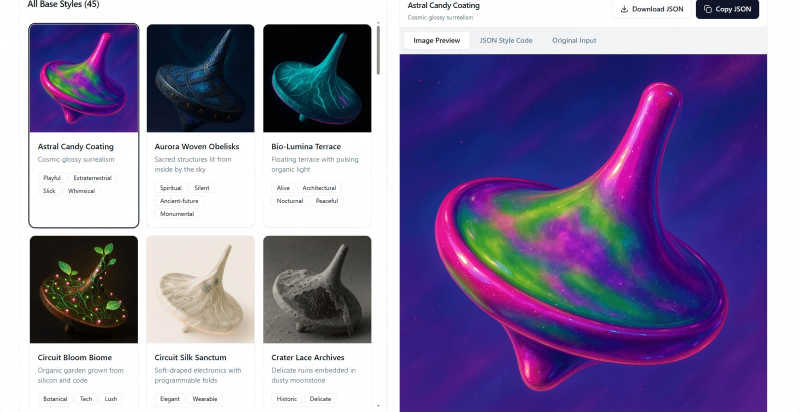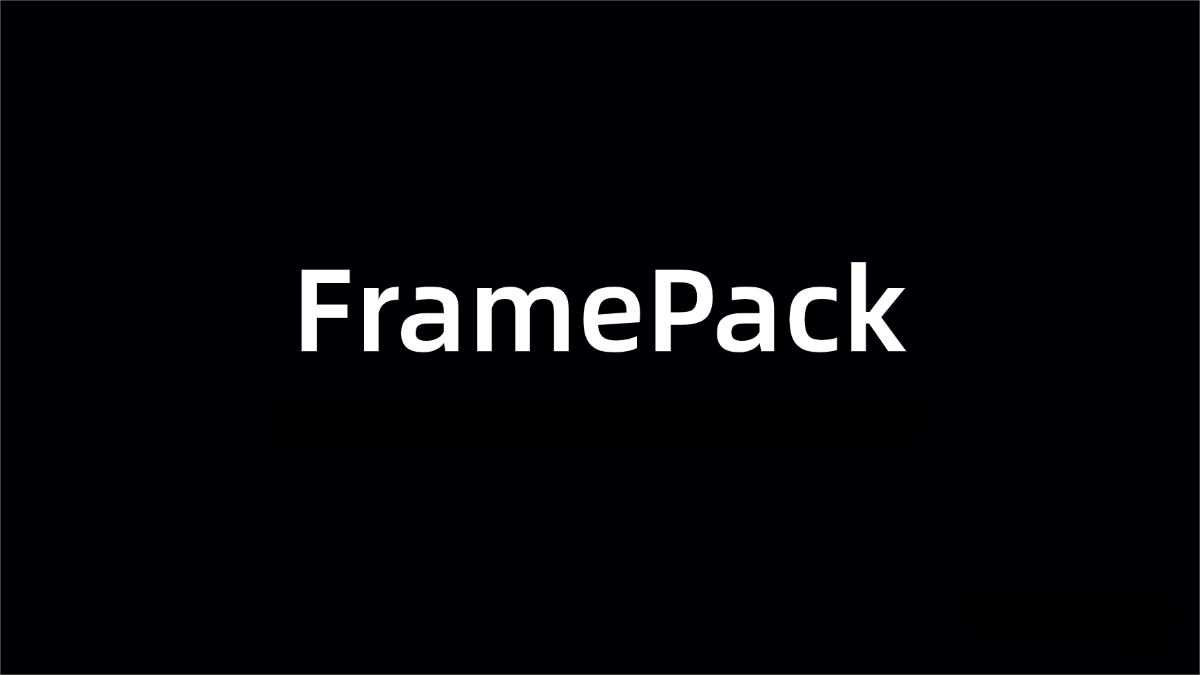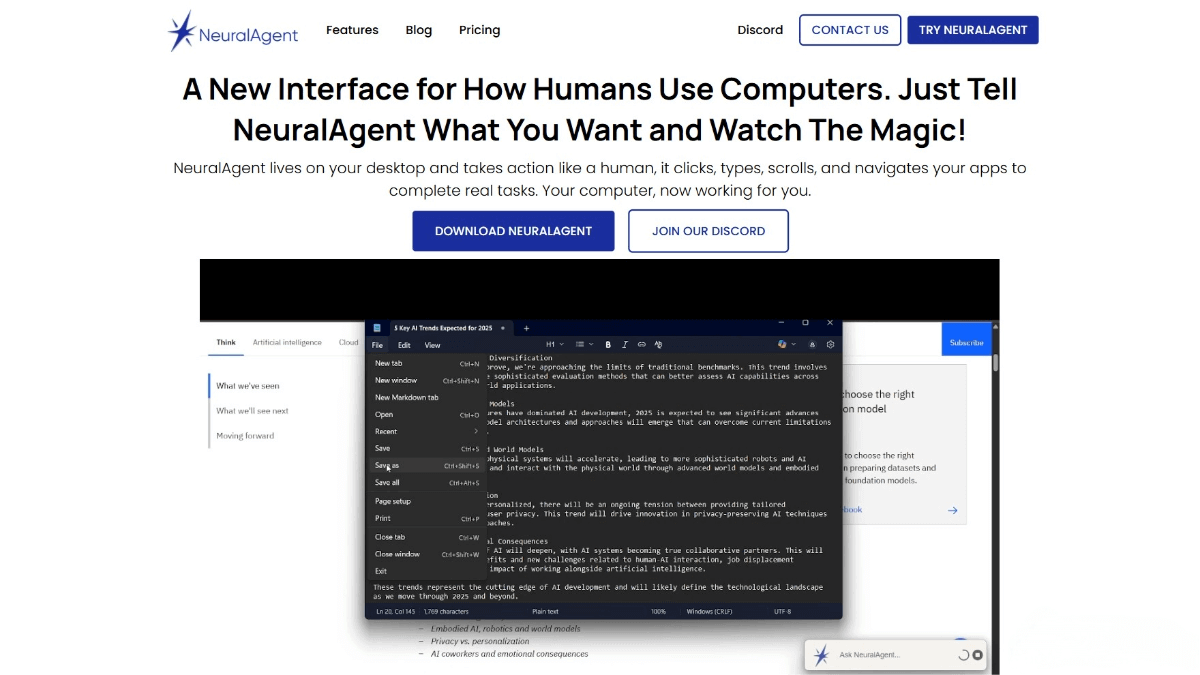How to Write Effective Prompts – How Did Prompt Experts Discover the New Ways to Use GPT-4o for Drawing?
Lately, GPT-4o’s image generation capabilities have taken the internet by storm. From the initial explosion of Studio Ghibli-style artwork to the wave of creative image styles that followed, people can’t help but wonder: “How were these magical prompts even discovered?”
Those known as “prompt experts” always seem to effortlessly uncover stunning and creative uses. So here comes the big question — what’s their secret? Today, speaking as a (self-proclaimed) prompt expert, I’m going to share some of the “pro-level” methods behind the magic, so you too can master this wildly creative skill.
Discover the Four Secrets of Prompt Words
If you want to become an expert in crafting effective prompts, the first step is naturally to find interesting ones. But where can you find them? Let me share a few effective channels:
-
Search Engines — Basic but Inefficient
Using a search engine and typing in keywords like “GPT-4o drawing prompts” may seem simple and straightforward. However, the downside is that the quality of information varies widely, making it hard to find truly creative and effective prompts right away. Unless you already know the specific style or have clear keywords in mind, the results can be hit or miss. That said, this method is still worth trying for beginners just getting started. -
Social Media — A Treasure Trove of Precision and Efficiency
The real birthplace of prompt trends is often on social media platforms like X (formerly Twitter). These platforms are full of creators who love sharing their latest GPT-4o prompt ideas, and they’re usually the first to post about new and trending techniques.
By following popular creators and browsing recommended content, you can easily catch some of the freshest and trendiest prompts.
Pay special attention to posts with a high number of likes, shares, and comments — these usually reflect the latest trends gaining traction in the community.
-
Sora.com — A Hidden Prompt Goldmine
Many people might not know this, but there’s a site called Sora.com — a platform created by OpenAI specifically for generating videos and images. Not only can you create visual content there, but you can also explore works shared by others. Most importantly, all shared creations come with their original prompts fully visible!
That means whenever you come across an impressive piece on the platform, you can simply click on it and see exactly what prompt the creator used — making it super easy to learn from others’ ideas. In fact, many of the prompts I’ve shared before were discovered and refined from this very source. You could say Sora is a true inspiration hub for prompt enthusiasts.
-
Reverse Analysis — The Ultimate Prompt-Hacking Tool
Another highly effective method is reverse analysis. When you come across an impressive AI-generated image online but don’t know the prompt behind it, try this approach:
• Step 1: Download the image and upload it to GPT-4o or GPT-4.5. Then simply ask, “Can you help me guess the prompt behind this image?”
• Step 2: GPT can usually provide a surprisingly accurate guess of the prompt. From there, you can tweak it based on your needs — and just like that, you’ll be able to generate images that are very similar, or sometimes even better.
This method has been tried and tested by prompt experts time and again — and sometimes, it even leads to new ideas that turn out to be more impressive than the original image.
Master the tricks of prompt words: practice, imitation, and integration
Just having prompt words is not enough; you also need to know how to use them effectively. The reason why prompt word experts can continuously come up with new ways of using them is that they actually follow a methodology.
Practice – Improve Sensitivity and Comprehension
Once you get a prompt, the first thing to do is test it out by generating some images yourself. After trying it a few times, take a close look at the visual details in the results. By comparing those details with the prompt, you’ll start to understand how each part of the prompt influences the final image. For example:
-
Some prompts include photography terms like “double exposure,” “composition,” or “shallow depth of field.”
-
Others highlight stylistic elements, such as “Ghibli style,” “pixel art,” or “futuristic vibe.”
-
And some rely heavily on reference images or detailed scene descriptions to bring the vision to life.
With continuous practice, you will gradually develop an intuitive response between prompt words and visual effects.
Related Posts




